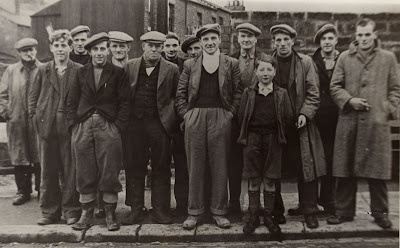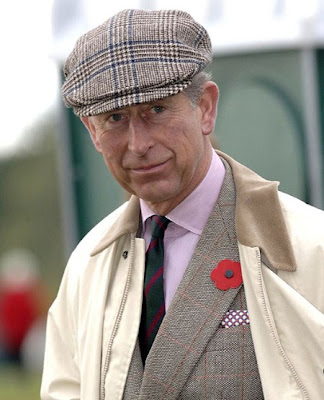- Messages
- 10,075
- Location
- New Forest
Class, Britain is obsessed with it. That divisive taboo, the weird networks of have-mores and have-lesses. Snobbery in Britain is all but an obsession.
Until the 1960's, the article of clothing that performed the most important role in indicating social distinctions among men was the hat. The fact that it ceased to fulfill this role in the 1960's suggests that in the nineteenth century, hats, which continued to be worn during the first half of the twentieth century, were particularly suitable for the social environment of the period.
Several new types of hats appeared during the nineteenth century and were rapidly adopted at different social levels. Exactly what roles did hats perform?
Because hats represented a more modest expense than jackets and coats, they provided an ideal opportunity for "blurring and transforming traditional class boundaries." Men's hats were also used to claim and maintain, rather than to confuse social status, as seen in the fact that specific types of hats became closely identified with particular social strata.
Elaborate customs of "hat tipping" as a means of expressing deference to a man's superiors reflected the importance of the hat in marking class boundaries. Since men represented their families in public space, men's hats, rather than women's, were used to indicate the status of the family. Women's head coverings during this period were more varied and more individualised than men.
The doyen of the working class was the flat cap. That's because a 1571 Act of Parliament to stimulate domestic wool consumption and general trade decreed that on Sundays and holidays, all males over 6 years of age, except for the nobility and persons of degree, were to wear caps of wool manufacture on force of a fine (3/4d (pence) per day). The Bill was not repealed until 1597, though by this time, the flat cap had become firmly entrenched in English psyche as a recognised mark of a non-noble subject; be it a burgher, a tradesman, or apprentice. The style survives as the Tudor bonnet in some styles of academic dress.
Today it seems to have gone full circle with the bowler/derby, trilby & fedora and the homburg worn by all and where once the flat cap was the only choice of many, due in main to costs, it seems that those privileged few like to display their working class credentials.


Until the 1960's, the article of clothing that performed the most important role in indicating social distinctions among men was the hat. The fact that it ceased to fulfill this role in the 1960's suggests that in the nineteenth century, hats, which continued to be worn during the first half of the twentieth century, were particularly suitable for the social environment of the period.
Several new types of hats appeared during the nineteenth century and were rapidly adopted at different social levels. Exactly what roles did hats perform?
Because hats represented a more modest expense than jackets and coats, they provided an ideal opportunity for "blurring and transforming traditional class boundaries." Men's hats were also used to claim and maintain, rather than to confuse social status, as seen in the fact that specific types of hats became closely identified with particular social strata.
Elaborate customs of "hat tipping" as a means of expressing deference to a man's superiors reflected the importance of the hat in marking class boundaries. Since men represented their families in public space, men's hats, rather than women's, were used to indicate the status of the family. Women's head coverings during this period were more varied and more individualised than men.
The doyen of the working class was the flat cap. That's because a 1571 Act of Parliament to stimulate domestic wool consumption and general trade decreed that on Sundays and holidays, all males over 6 years of age, except for the nobility and persons of degree, were to wear caps of wool manufacture on force of a fine (3/4d (pence) per day). The Bill was not repealed until 1597, though by this time, the flat cap had become firmly entrenched in English psyche as a recognised mark of a non-noble subject; be it a burgher, a tradesman, or apprentice. The style survives as the Tudor bonnet in some styles of academic dress.
Today it seems to have gone full circle with the bowler/derby, trilby & fedora and the homburg worn by all and where once the flat cap was the only choice of many, due in main to costs, it seems that those privileged few like to display their working class credentials.




